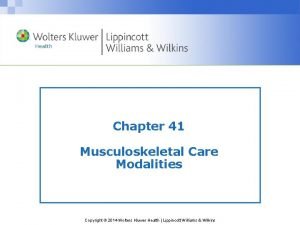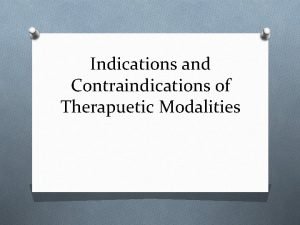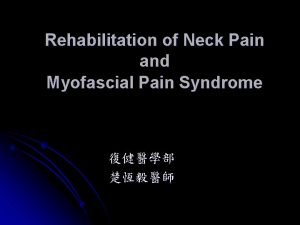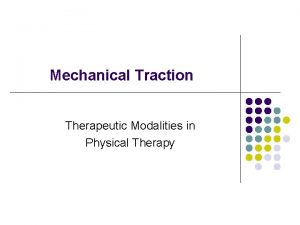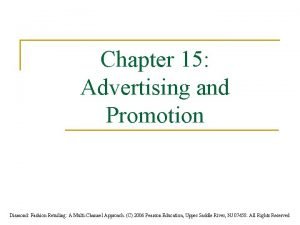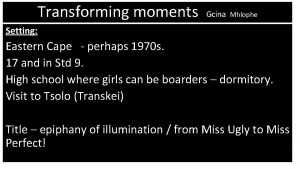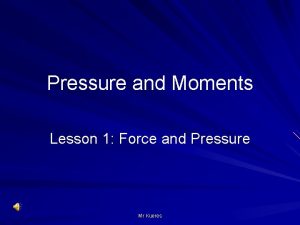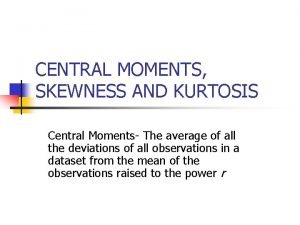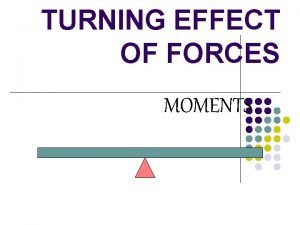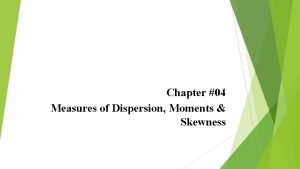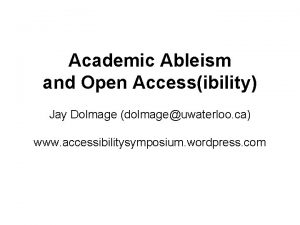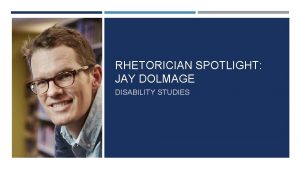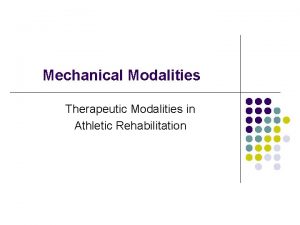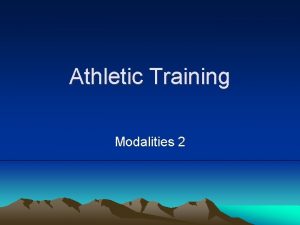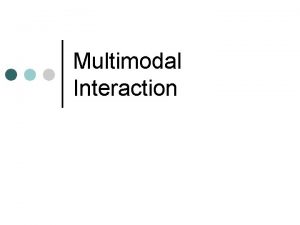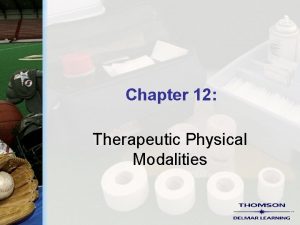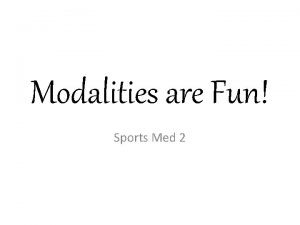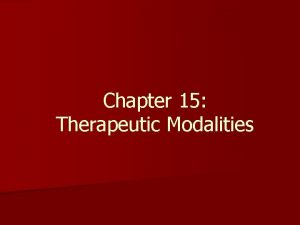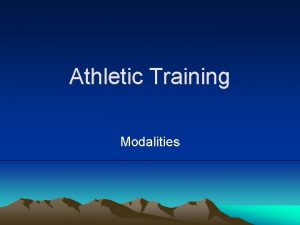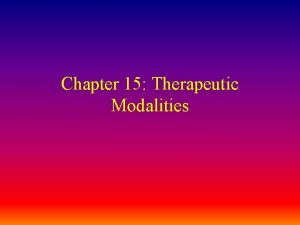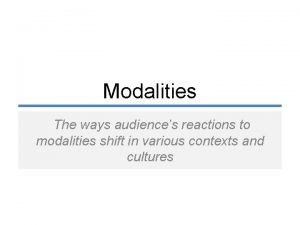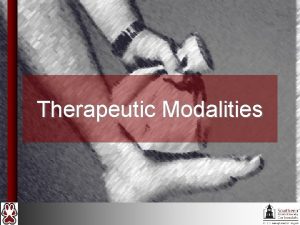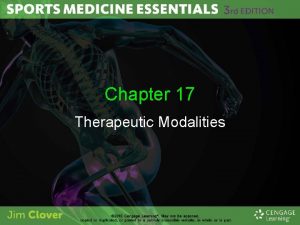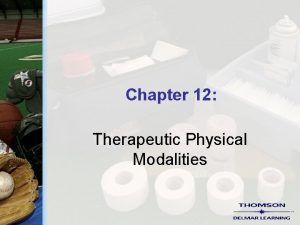Moments and Modalities of Access Jay Dolmage dolmageuwaterloo

















- Slides: 17

Moments and Modalities of Access Jay Dolmage (dolmage@uwaterloo. ca) www. accessibilitysyracuse. wordpress. com

This exploration is first of all about how universities argue for change through the invention of specific types of student mind and body. Is it possible to ever argue for educational change without reinforcing the stigma of disability?

Literacy has been used to tightly control the movement and rights of disabled people for centuries; this deeply affects what literacy is and what it can do for anyone.

Eugenics at Syracuse:

We need to understand how universities work to fully understand disability. Inversely, we really need to understand disability to understand the history and the future of higher education.

Like literacy, ability is defined by its inverse, it gains shape only when a negative prefix is appended, and without this prefix it has little to no social power.

This can be understood as a hallmark of neoliberalism: the redefinition of intellectual values that highlight the need of the individual student (or worker) to become a more flexible (and thus disposable) producer and consumer.

Somnolent Samantha and other fictional students like her are key characters invented through discourse about disability in higher education. Students like Samantha are the “real” problem, Westling argued, despite the fact that he had just invented her.

Super Samantha is much better at nonprint literacies than all of her peers and most of her teachers. She is Mark Zuckerberg and Doogie Howser and Dora the Explorer with a brand-new backpack.

Ask yourself, what is the picture of Super Samantha that you have been forming in your head? What does she look like?

Popular accounts would have us think that our classrooms are overflowing with accommodations, that the provide distinct advantages, and that students fake it to get them. Or, more mildly, that they are ubiquitous, easy to get, and useful. Both of these stories are very fictional.

So long as we are straining to change for the ideal student, and for a new knowledge economy, we can ignore the inequities that may have positioned her ahead of the pack to begin with.

Learning disabled students cost nine billion dollars a year to educate. But the US likely spends over eight hundred billion dollars a year on education. That makes nine billion actually seem quite small. Why single this group of students out as a cost rather than as an investment?

Which type of body will our current academic economy choose to take advantage of next, and which type of body will be cast aside?

Slow Samantha becomes a kind of human vacuum, and whenever she appears in rhetoric about multimodality, she is defined by what she can’t do— and what she can’t do stands in for deficits of the entire educational and social system.

If we understand rhetoric as the circulation of power and discourse through the body, then we’d want to view this through a wide range of possible bodies, or even the widest range of possible bodies.

www. accessibilitysyracuse. wordpress. com Academic Ableism in Open Access version here: https: //www. press. umich. edu/9708836/academic _ableism
 Superficial thermal agents
Superficial thermal agents Chapter 40 musculoskeletal care modalities
Chapter 40 musculoskeletal care modalities Therapuetic modalities
Therapuetic modalities Cervical strain
Cervical strain Thermal modalities
Thermal modalities Mechanical modalities
Mechanical modalities Terminal access controller access-control system
Terminal access controller access-control system Terminal access controller access-control system
Terminal access controller access-control system A little bird by aileen fisher
A little bird by aileen fisher Retail advertising and promotion jay diamond
Retail advertising and promotion jay diamond John jay science and engineering academy
John jay science and engineering academy Transforming moments short story summary pdf
Transforming moments short story summary pdf Pressure and moments
Pressure and moments Moments skewness and kurtosis formula
Moments skewness and kurtosis formula What is the turning effect of force
What is the turning effect of force Measure of dispersion moments and skewness
Measure of dispersion moments and skewness Cision haro
Cision haro We are glad you joined us
We are glad you joined us

